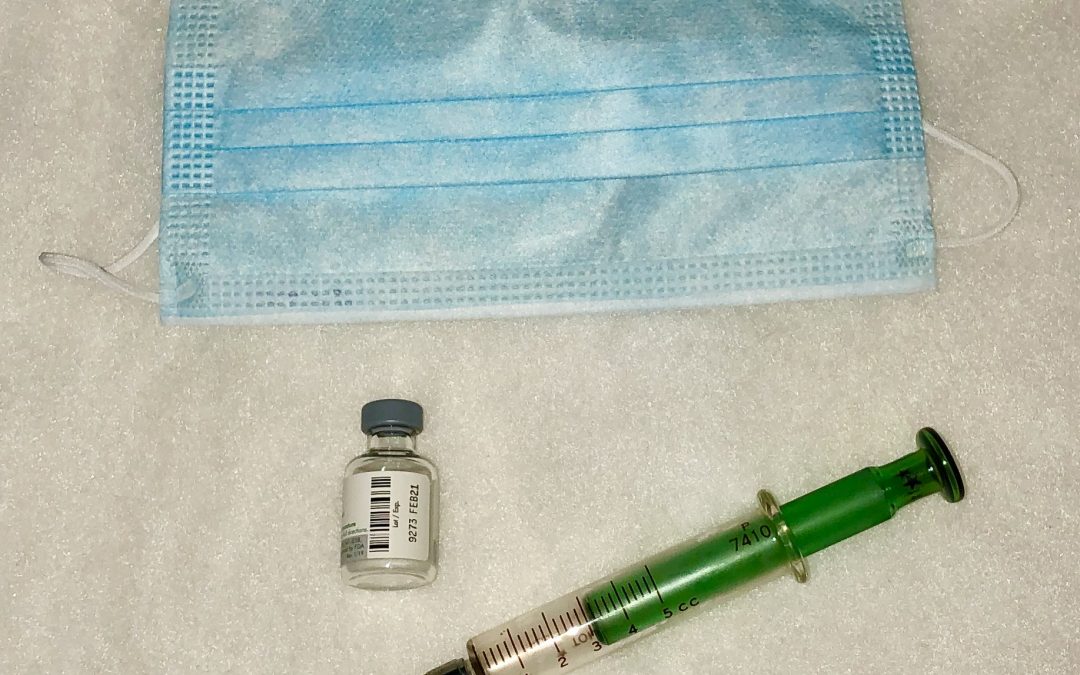My Morning Musings: A Tale of 3 Vaccines
The last time I wrote about vaccines was March 28th, just over 8 months ago. At that time, there were 545 COVID-19 deaths in the United States. Today, December 2nd, 277,026 of our neighbors have lost their lives to this dreadful virus. Hope, in the form of a vaccine, is on the horizon. As I write, we have 3 frontrunners in the race. Admittedly, I had to do some research to learn the mechanisms of action, efficacy, similarities, and differences among them. The news talks about the various vaccines, but it doesn’t explain much about them except we know they are pretty effective, and one has to be kept incredibly cold. It was this incredibly cold – at -70ºC – tidbit that was perplexing me because there is no way you could inject something that cold into the human body. So, if I was curious, I’m sure you were too. I learned a lot about cold supply chains. Mind you, 2 months into this pandemic, I was already getting a lesson about supply chains when a shower curtain I ordered failed to arrive after multiple attempts. What I never considered before vaccine transport entered my lexicon was the cold supply chain. Of course, it was a “thing” because I eat ice cream, and somehow it arrives safely at my grocer’s freezer from parts unknown! Our country is preparing for vaccine transportation: In addition to newly manufactured cold storage containers and facilities, dry ice production is trying to ramp up to meet the demand. Yet dry ice is in short supply. Why? Because during this pandemic we’ve come to rely on increased food delivery, which uses dry ice. Moreover, we’re also driving less, which decreases ethanol production, and ethanol is required to make dry ice. See how interconnected so much in our world is? As a personal aside, I know about dry ice, because it gets my frozen Peachy Paterno ice cream from Penn State’s Berkey Creamery to my front door in the middle of the summer when outside temperature is above 85ºF.
So, let me tell you what I know about these vaccines, so you can puzzle it out. Those 3 frontrunners are manufactured by 3 different companies: Moderna, Pfizer, and AstraZeneca. While each vaccine manufactured by each company is quite effective, the drugs are not the same and use different “things” to get them to work. What they have in common is that all will be free to Americans; and in order to eradicate coronavirus, enough people have to get the vaccine so we can achieve herd immunity. Additionally, all vaccines can be stored at refrigerator temperature 40ºF (5ºC) just prior to administration.
Quick biology lesson: Our immune systems are triggered by foreign coronavirus proteins. So, the goal of vaccines is to safely get our own immune systems revved up by introducing coronavirus proteins through a couple different mechanisms.
Method 1: mRNA vaccine – these vaccines work by getting our own cells to make the protein
Method 2: DNA vaccine – these vaccines work by introducing a harmless virus that makes the protein
Moderna
-Partnered with US National Institutes of Health
-Mechanism: mRNA vaccine
-Storage: 6 months at -4ºF (-20ºC) or 30 days at refrigerator temperature 36-46 ºF (2-8ºC)
-Effectiveness: 90%
-Doses: Two, given 3-4 weeks apart
Pfizer
-Partnered with BioNTech
-Mechanism: mRNA vaccine
-Storage: 15 days at -94ºF (-70ºC)
-Effectiveness: 95%
-Doses: Two, given 3-4 weeks apart
AstraZeneca
-Partnered with Oxford University
-Mechanism: DNA vaccine
-Storage: Like other vaccines at 36-46ºF (2-8ºC)
-Effectiveness: 62-70%
-Doses: One
How they all work: Once these proteins are introduced to the lymphatic system, our bodies begin making two special types of white blood cells called B cells and T cells. The B cells make antibodies that block the virus, while the T cells engage in cell-to-cell combat and destroy infected cells. It’s a two-pronged approach that works remarkably well. Once we have antibodies to a virus, we typically have immunity against that virus forever or for a long time. We know vaccines work because we already have effective ones against these viral diseases: polio, influenza, hepatitis (some forms), rubella, measles, rotavirus, mumps, and chickenpox.
Currently, the CDC and federal officials are preparing to vaccinate healthcare workers as well as those living in nursing homes and long-term care facilities first. And, as I write, no vaccine has been approved…yet. While we wait our turn, we still have to wash our hands, socially distance, wear facemasks, be patient, and take measures to limit the spread of infection.
Microorganisms have been with us a long time. In fact, Edward Jenner is credited with giving the first smallpox vaccine in 1796, and infectious diseases were described by Hippocrates in 400 BCE. Coronavirus is not going away unless we make it disappear.
Signing Off for Science
[Photo Credit: Mike Nath]

